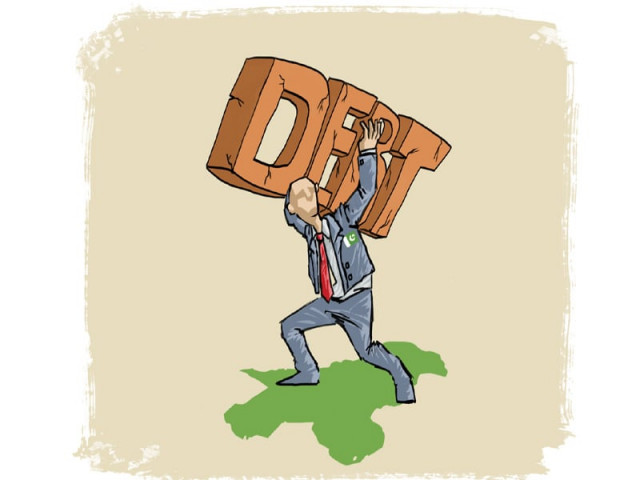Debt statistics: where does Pakistan stand?
Worsened debt levels are largely due to Covid-19 pandemic

The global economy has witnessed four waves of debt accumulation over the past 50 years. The first three waves resulted in a financial crisis in many emerging and developing economies.
According to World Bank report “Global Waves of Debt” published in 2019, the latest global debt wave since 2010 has caused the largest, fastest and most broad-based increase in debt in emerging and developing economies.
Taken together, their total debt rose 54 percentage points of gross domestic product (GDP) to a historic peak of almost 170% of GDP in 2018. This number has continued to climb and the debt burden of least developed countries surged to a record $744 billion in 2019.
Responding to a call from the World Bank and the International Monetary Fund (IMF), the G20 endorsed the Debt Service Suspension Initiative (DSSI) in April 2020 to help 73 of the poorest countries in the world manage the impact of the Covid-19 pandemic. Pakistan was also eligible for this initiative.
Latest data from the International Debt Statistics 2021, compiled by the World Bank, shows that amongst the 73 countries eligible for debt service suspension, Pakistan has the highest monthly debt servicing requirement, standing at $346.9 million.
The country’s total external debt increased 8% in 2019 relative to the previous year. It was primarily due to increase in IMF credit.
A country’s capacity to bear rising debt levels can be judged from the debt servicing-to-exports ratio. The ratio measures the amount of debt and interest payments in relation to the country’s export earnings and reflects the proportion of exports being used to cover the debt servicing requirement.
A higher ratio spells danger for governments and concerted efforts must be made to expand the base of inflows to comfortably meet the debt servicing requirement.
A disaggregated analysis of Pakistan’s external debt reveals that 79% of the country’s external debt comprises public and publicly guaranteed debt. Although the growth rate of public and publicly guaranteed debt has been declining, it is still quite sizable in magnitude.
Other low-income and developing countries have also registered a sharp rise in this category.
Overall, the World Bank report shows that for the 73 countries eligible for DSSI, the rise in public and publicly guaranteed long-term external debt has doubled over the past decade. China is by far the largest creditor for this group, with a share of 63% by the end of 2019. In addition to China, private financing has recorded a fivefold increase since 2010.
The worsened debt levels have largely been attributed to the Covid-19 pandemic, which has disrupted livelihoods in every corner of the globe and has pushed countries into recession not seen any time since 1870.
Economists and policymakers alike have forecast that the low-income and developing countries will emerge from the pandemic with a large debt overhang. In order to build durable economies, countries would have to strive to achieve long-term debt sustainability.
Taking the case of Pakistan, there are already laws such as the Fiscal Responsibility and Debt Limitation Act (2005), which can roughly provide a path towards debt sustainability by setting the limit of debt-to-GDP ratio at 60%.
It is the prerogative of successive elected governments to ensure compliance so that they do not get engulfed in a vicious debt trap in the future.
THE WRITER IS A DOCTORAL CANDIDATE AT THE BARTLETT, UCL
Published in The Express Tribune, November 23rd, 2020.
Like Business on Facebook, follow @TribuneBiz on Twitter to stay informed and join in the conversation.



















COMMENTS
Comments are moderated and generally will be posted if they are on-topic and not abusive.
For more information, please see our Comments FAQ